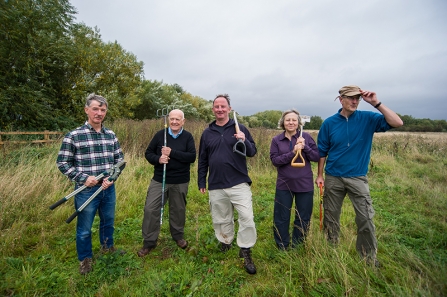During my placement I have been lucky enough to have guided visits of around eight of the Trust’s reserves. It has been apparent how diverse the habitats are, sometimes within the same reserve where there is a mosaic of different environments, such as Whisby which has wetland, woodland and calcareous grassland.
It takes specialist knowledge to understand these different habitats, such as knowing which species do and should exist there, and then manage the areas to allow native species to thrive and prevent invasive species from becoming established.
Sometimes this involves decisions that are not popular, such as cutting down trees, something I wrote about in an earlier blog, because they are not appropriate for the habitat. Either because they do not allow enough light through to the understorey or because they provide a vantage point for predators to hunt the already vulnerable ground nesting birds and their eggs.








